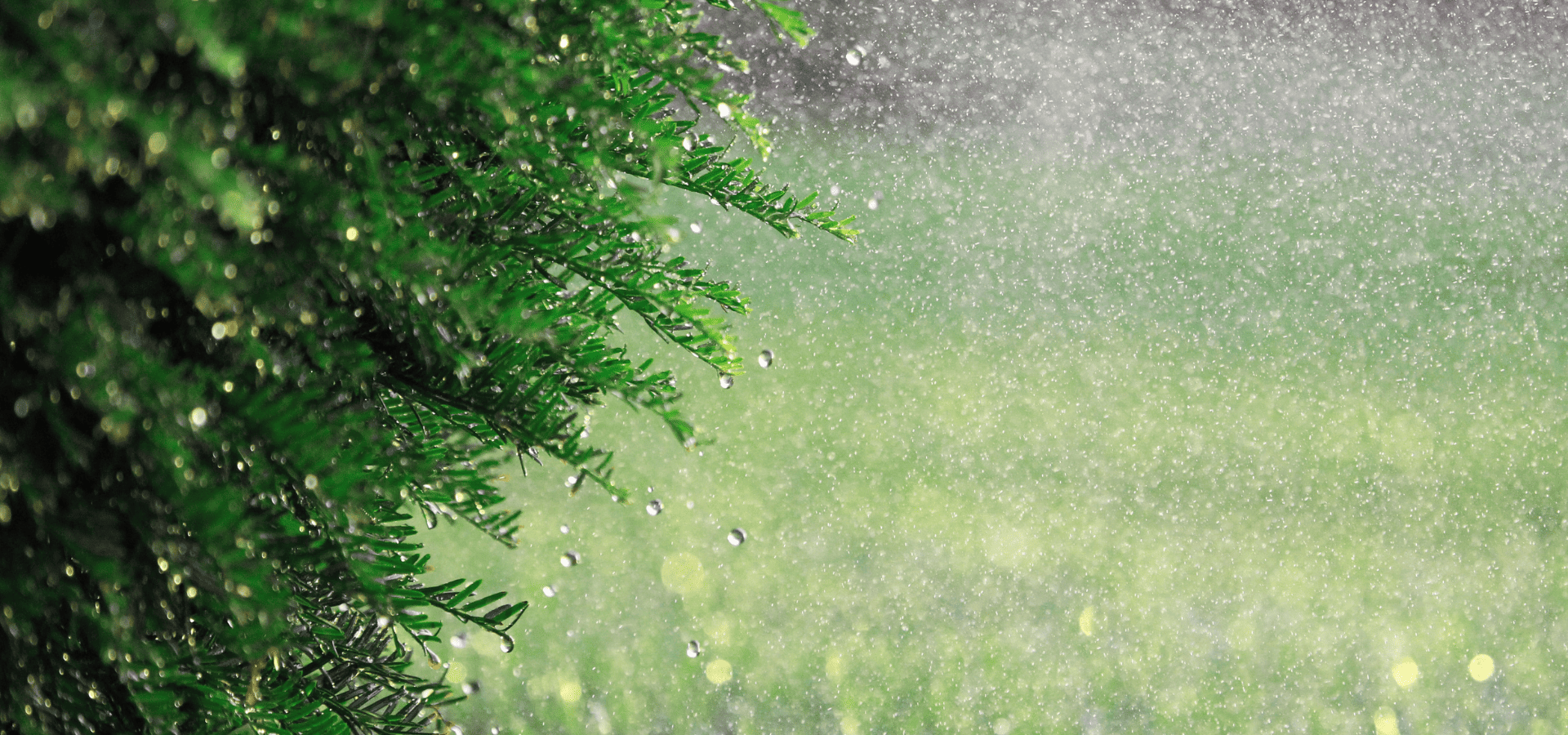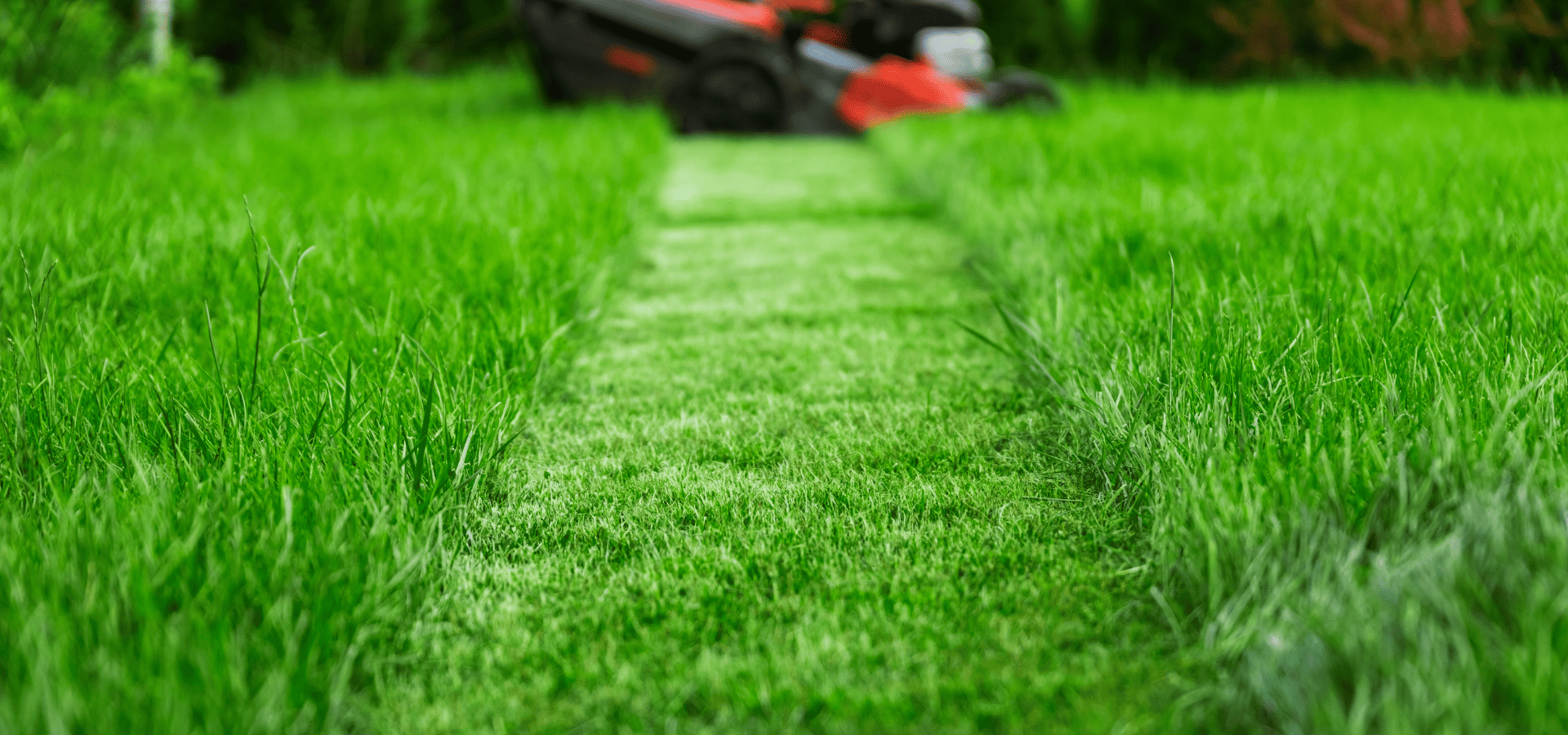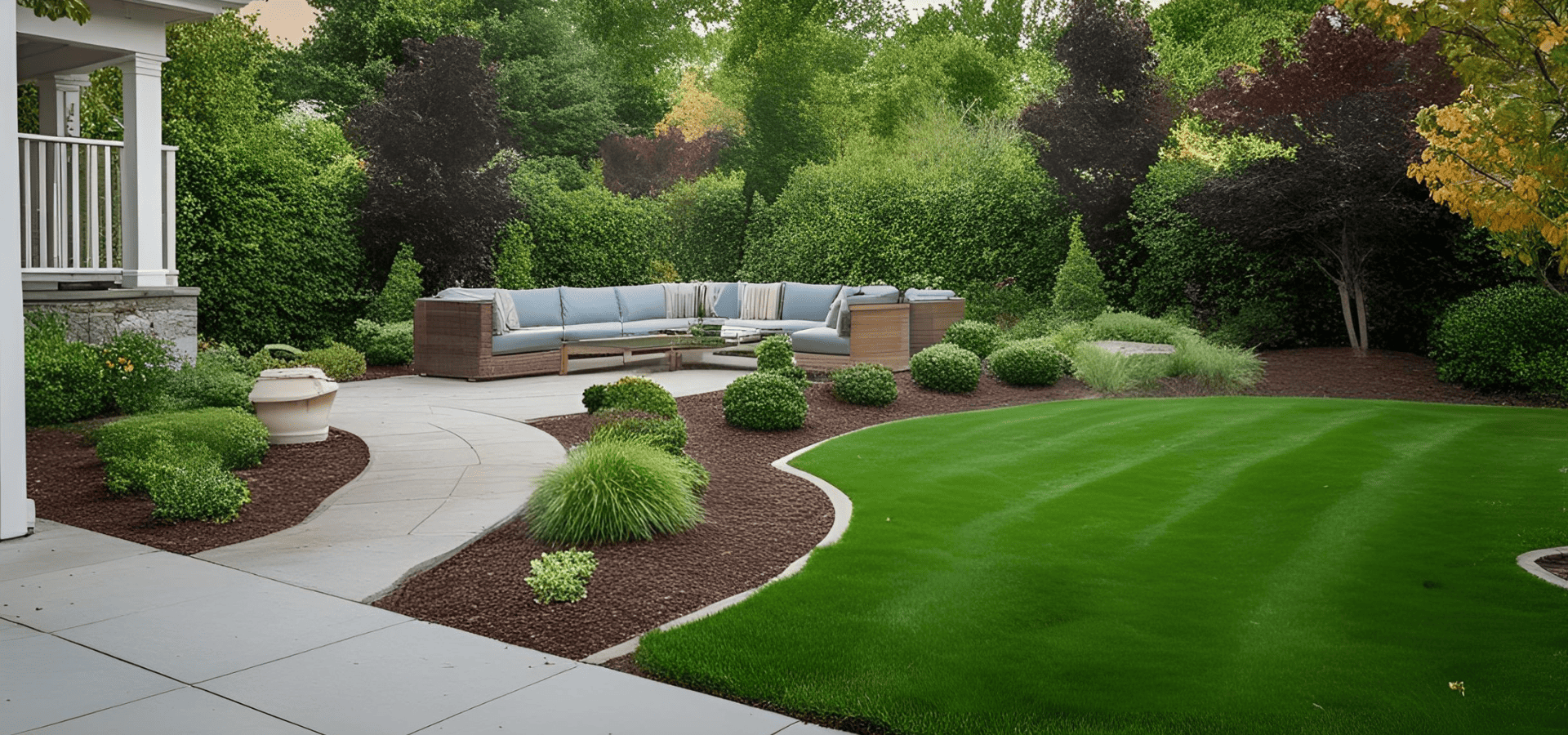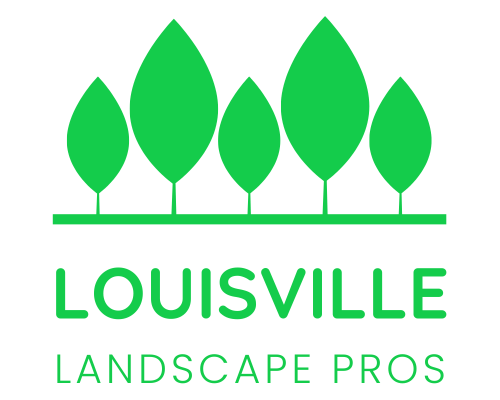Landscaping For Year-Round Beauty: Beginner's Guide
If your landscape only looks great in the spring, fall, and summer, you're missing out on winter, which means your landscape is 25% less effective aesthetically as it could be.
Or worse, some people’s gardens only look good in the spring and fall, not even in the summer, which means a 50% loss of effectiveness.
So why waste your outdoor space’s potential? With a little thought and smart landscaping, you can turn your outdoor space into a year-round stunning oasis.
Read on to find out how! (Or feel free to contact
Louisville Landscape Pros)
1. Spring
Spring is the first season after winter when everything wakes up, so you want to start things off with a bang.
This means vibrant colors and landscaping to ensure you're creating the best environment for your plants to emerge strong.
Plants
This is the season for bold, vibrant colors and flowers. And needless to say, they should bloom in spring.
This means plants like daffodils, azaleas, petunias, and so on.
As you’re choosing your spring-blooming plants, make sure to take note of when they bloom and for how long, as certain varieties only bloom for a few weeks.
Then, incorporate a variety of plants if needed to ensure that your garden will have color throughout the season.
Pruning & Trimming
Pruning and trimming are key maintenance tasks as your plants will be looking to maximize any nutrients they have to have a strong start.
As such, it’s imperative that you cut away any damaged or dead parts so that no nutrients and energy will be wasted on those pointless parts.
Pruning and trimming also gives you more vibrant plants, as naturally, healthier plants grow better.
Your Lawn
Part of what makes your garden and landscape beautiful is your lawn. Your lawn is usually just there, green and pristine, until it’s not.
Most people take a lush, green lawn for granted, but the moment there are any issues, any defects, they’re quite noticeable and will ruin your aesthetics.
Since your lawn, like the rest of your garden, is just emerging from winter, it's crucial that you give it the support it needs to emerge strong. You don’t want to overfertilize it, but setting a good foundation and allowing your lawn to emerge strong is key to its overall health for the rest of the seasons.
Assuming you’ve done your fall prep properly, your lawn should have a headstart already, but it’s still important to do some extra work to ensure your lawn is set up for success.
First off, due to the cold and inactivity, winter can freeze your soil and cause it to become compacted, and there may also be a layer of thatch that blocks essentials like air and water from reaching your roots.
As such, dethatching and aeration may be needed if you see that water seems to be pooling up and if the layer of thatch is more than 0.5 inches.
Then, as mentioned earlier, to aid its growth, apply slow-release fertilizer to give it the nutrients it needs to thrive.
The winter may also leave some gaps or cause some thinning. If that’s the case, you should also overseed any areas that are lacking to ensure your lawn is healthy all around.
2. Summer
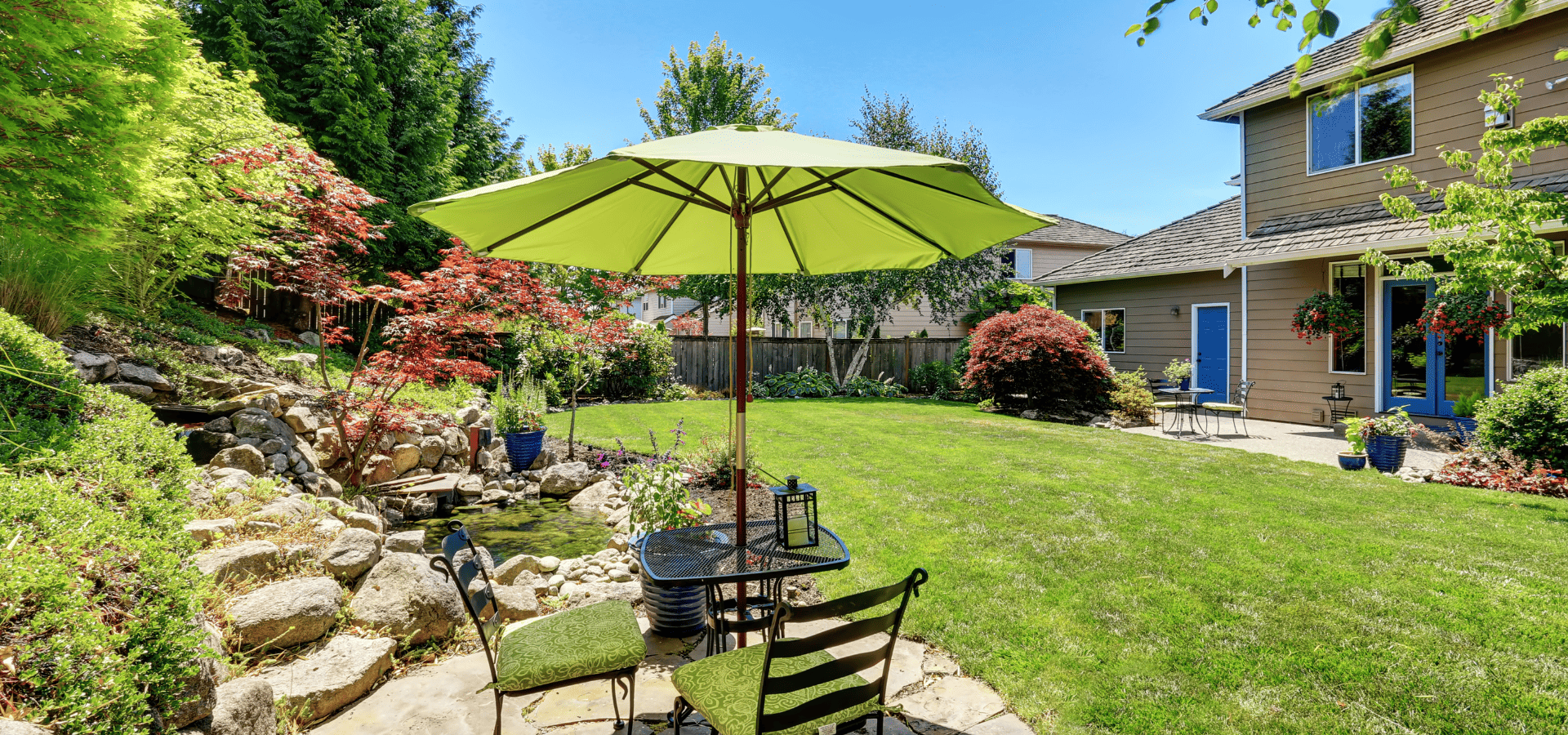
Now for summer, your biggest concern is going to be heat and dryness. Here’s how to choose the right plants and deal with the heat and dryness.
Plants
Firstly, generally, you won’t have to choose summer-specific plants that can withstand heat and dryness particularly well.
Most plants may not take to dry climates and heat well, but they won’t be seriously affected unless you’re not giving them enough water.
Having said that, if your plants aren’t suited for summer weather, you will have to take additional measures like setting up shade structures and watering more deeply and frequently.
As such, if you want a landscape that thrives and looks great in the summer without needing too much additional maintenance, you’re going to want to go with drought-resistant native plants.
The good news is, there are drought-resistant plants that bloom at all times of the year. This means you can choose drought-resistant plants for spring too.
This way, when summer comes, you won’t have to perform too much additional maintenance for your spring-blooming flowers just to keep them alive.
In fact, there are even drought-resistant plants that bloom in the spring but continue into summer.
If you want a variety of flowers, one batch for spring and one for summer, then you can choose plants that bloom in different seasons. However, if you want a more happening garden that’s more fully filled, you’ll want to opt for flowers that can bloom in both seasons.
Irrigation System Installation
Another way to deal with the heat and dryness of the summer is to install irrigation systems.
This is especially so if you need to perform frequent watering. Not only does this ensure the plants will never miss a watering session because you forgot, but it’s also less tiring and tedious for you.
Irrigation systems don’t just save you time and effort though, but also money. Irrigation systems are much more water efficient than manual watering as they deliver water more precisely and directly to your plants.
This saves you money while also reducing your environmental impact at the same time.
Your Lawn
Your lawn isn’t immune to the heat and dryness either, Lawns are already traditionally water-intensive, so the summer only exacerbates this issue.
To counter this, the solution is the same as for your other plants–use drought-tolerant species like Buffalo and Bahia grass. Drought-tolerant grasses can cut down water needs by up to 50%.
3. Fall
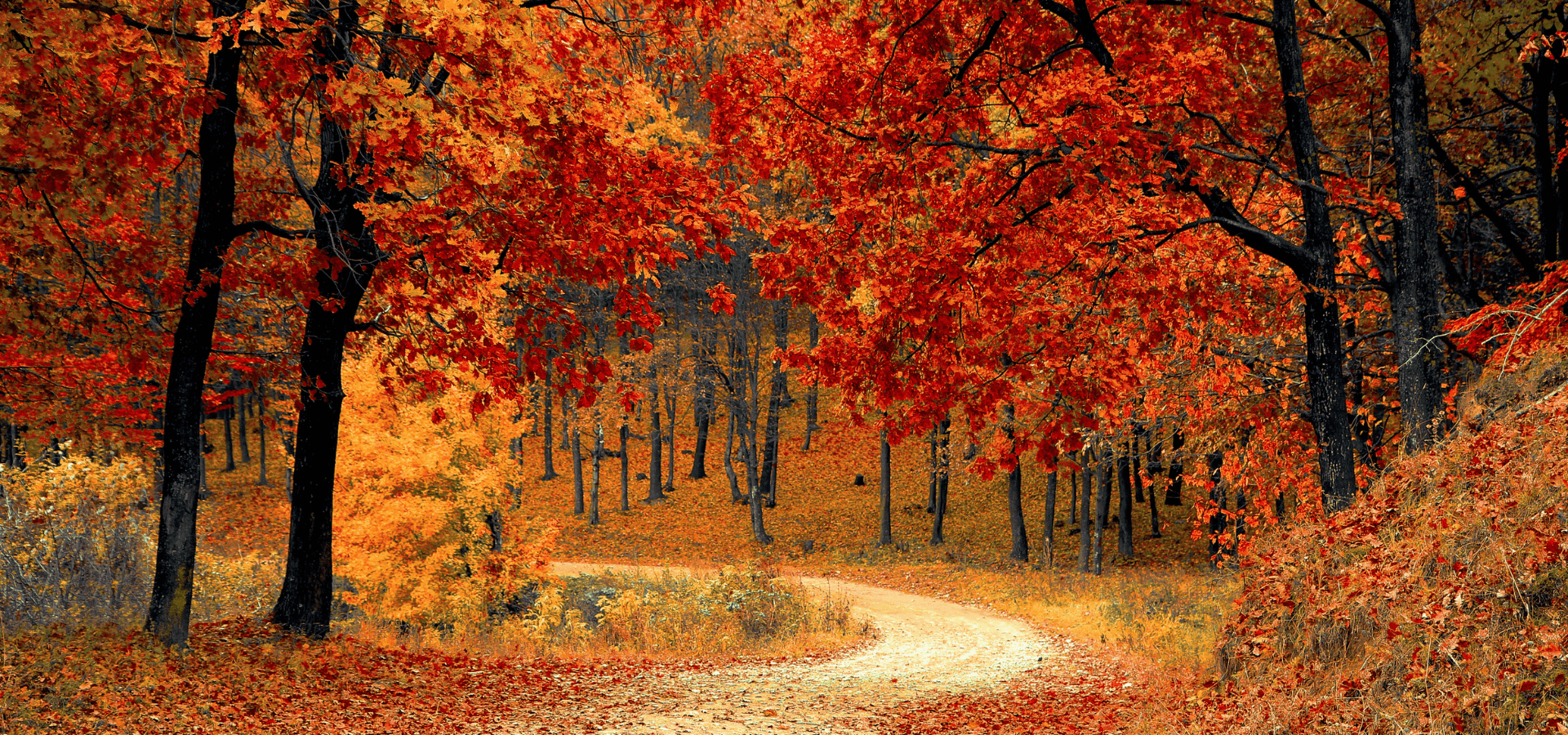
In the fall, temperatures are mild and conditions are kinder. However, you will have to landscape your outdoor space to prepare it for winter.
Plants
Plants that shine in the fall usually shine majestically. Not all of them, but if a plant is at its best in the fall, it will usually give you something breathtaking to behold.
Maybe it’s the muted mood of fall, or the soft backdrop that contrasts with these displays to accentuate them. Either way, this is when you’ll see majestic hues of fiery red, gold, and beautiful blends of red, yellow, and various other colors.
Once again, there are also beautiful drought-resistant plants that bloom in the fall.
These include red maples, ginkgo trees, chrysanthemums, and so on.
This is also the time to plant the plants that we’ll be discussing in the next section on winter-blooming plants.
Drain Your Irrigation System
If there’s water in your irrigation system, it will freeze up. When water freezes up, it expands, which means it could possibly expand too much for your pipes to contain, causing pipe damage.
As such, you’ll need to drain the water using either an automatic or manual drain valve to prevent any pipe damage.
Winter Preparation
With the harsh winter coming, you need to prepare your plants properly to ensure they survive the harsh winter. Here are some steps to take that will ensure your garden can emerge through winter successfully.
Firstly, if there are any patchy areas, overseed your lawn to keep them in their best shape going into the winter.
Next, to strengthen your plants as much as possible, you’ll also want to apply fertilizer.
Finally, apply a layer of mulch. The mulch will act as a barrier against the cold and insulate the soil and plant roots.
4. Winter

Finally, winter is the harshest season and the most trying time for your landscape. But even with the limited variety of plants that bloom in winter, you can still have a beautiful landscape in the winter.
Plants
Firstly, the easiest way to still have color in your winter is with evergreens. Evergreens remain green throughout the year, including winter.
But for those looking for more than just green, some great winter-blooming plant species include camellias, winter jasmines, and snowdrops.
Of course, you’ll need to plant these plants in the fall or even before that for them to bloom by winter.
Hardscapes
While your plants will definitely look less vibrant compared to other seasons, that doesn’t have to be the case for your hardscapes.
Hardscapes remain the same in all four seasons, so having hardscapes is another way to add more life and beauty to your outdoor area, even in winter.
Outdoor Lighting
You should already have outdoor lighting for the nighttime, even for the other seasons.
But for winter, where the sun tends to set earlier and the nights are long, your outdoor lights’ purpose will be even more important.
With Christmas and Thanksgiving also happening during the winter, your outdoor lights can also help set the festive mood.
Final Tips
So those are various tips and strategies to keep your outdoor landscape beautiful in every season.
Remember that for any season, things like evergreens, hardscapes, and outdoor lighting will always remain constant and help add to your aesthetic appeal.
So if you’re feeling lazy and don’t want to have to think so much about what plants to use for each season, you can compromise and settle for just using more elements that remain constant throughout the year.
You might also like
